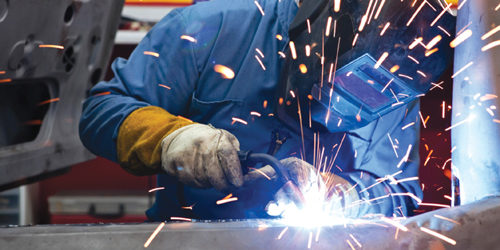
 Rebuilding a small business for the first time involves challenges linked to the size and structure of the business and attitudes of the founders. Larger organisations operate in a continuous cycle of evolution, but SMEs often avoid introducing changes because owners don’t delegate, processes become ingrained and existing staff don’t want change.
Rebuilding a small business for the first time involves challenges linked to the size and structure of the business and attitudes of the founders. Larger organisations operate in a continuous cycle of evolution, but SMEs often avoid introducing changes because owners don’t delegate, processes become ingrained and existing staff don’t want change.
What are the signs an SME needs rebuilding?
Those running SMEs must study the current market and competition, because developments in these areas can cause their own growth to flatline, which is one key sign that a business needs to rebuild. The need for rebuilding grows as a company flatlines and profits start to fall.
Tai Alegbe, Co-Founder of Baacco, a wine delivery company, discovered the business needed rebuilding after realising that its core proposition, “a showcase of emerging wine sellers through curation and content,” was not as compelling to customers as anticipated and that “the use of the underlying technology was more important.”
This led the company to rebuild towards where the data was pointing, and illustrated another common difficulty in rebuilding an SME: staff relationships.
Alegbe explains: “We were dominated by individuals who had marketing and wine backgrounds and lacked balance in terms of engineering talent. We had a choice: to continue down a path which yielded limited results, or follow a harder but more exciting path.
"We needed to start again with the idea and rebuild the team. As a result, some team members left and new technical staff joined. We feel it was the right choice, but the practicality of it was quite difficult.”






